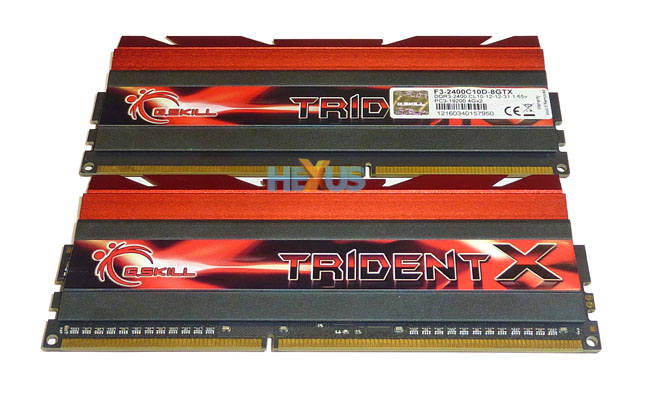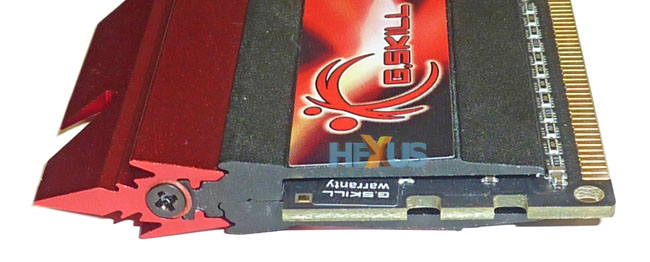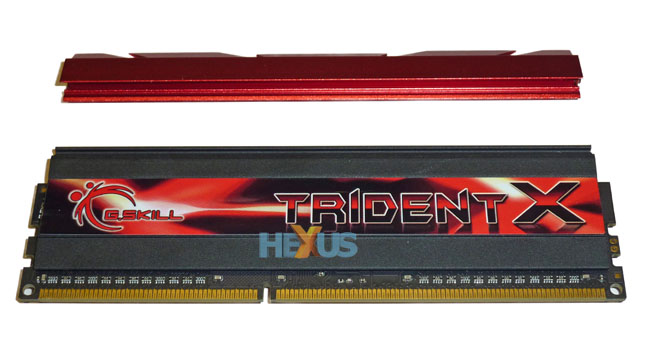New memory for Ivy Bridge
New impetus
The PC components industry is led by Intel. A new CPU launch, such as the 3rd Generation Core family (Ivy Bridge), is accompanied by a raft of new motherboards, memory, coolers and systems. The latest chips aren't that different to the 2nd Generation Core (Sandy Bridge) family they replace, but this isn't going to stop memory manufacturers from releasing Ivy Bridge-specific kits, ostensibly geared towards the enthusiasts.
We know that the Ivy Bridge family uses a dual-channel memory architecture that now officially supports DDR3-1,600MHz memory, up from 1,333MHz on the Sandy Bridge, though motherboard manufacturers such as ASUS, MSI and Gigabyte have been offering much higher speeds for a while now.
Intel reckons it has improved the integrated memory controller on Ivy Bridge such that running system memory at 2,400MHz-plus should be achievable on a well-engineered motherboard. Faster memory speeds should correlate to better performance, but such is the efficiency of the CPUs' on-chip cache, composed of a three-tier hierarchy, that super-fast memory speeds don't always show a meaningful jump in benchmark scores.
Adding a layer of complexity into the memory equation for Ivy Bridge chips, faster system memory may well be beneficial if running video through the integrated graphics, because they pull their bandwidth the systems, meaning 2,400MHz is better than, say, 1,600MHz, though, muddying the waters still further, the exact timings/latencies come into play.
You can see that making memory-related predictions for Ivy Bridge is a dangerous game without having empirical evidence to back them up with. To this end, we've grabbed an 8GB pack of DDR3-2,400 memory from G.Skill and put it through the wringer.
The Devil's weapon
Designed for the sky-high memory frequencies that Ivy Bridge's memory controller and Z77 chipset are capable of handling, G.Skill dubs its new range TridentX. There are a total of 16 configurations, split over speed, capacity, RAM density, and timings. Saving ourselves a little time in explaining them all, here's how they line up.
Dual-channel

Quad-channel

Going through some of the more notable features, the kits start at DDR3-2,400MHz speeds and top out at 2,800MHz. Yup, they're for enthusiasts all right. All kits require 1.65V to perform at their stated speeds, which is as high as we'd like to run the memory controller, and the quad-channel kits simply double-up on the dual-channel offerings. All are pre-programmed with the latest XMP v1.3 settings that auto-configure the board's BIOS to run the modules are the correct timings and speeds.
But cutting to the nitty-gritty, the downside of such high frequencies is lax timings; 10-12-12-31-2T is considered loose for DDR3, irrespective of speed, while 11-13-13-35-2T is, well, about as loose as we've seen for system memory.
Here's our 8GB pack of the 2,400MHz-rated memory, and it's the entry-level part in the dual-channel range. Feeling reassuringly solid and topped with heatspreaders that are sharper than they look - my fingers can attest to this fact - the 4GB modules certainly look the part.
Flick one of them on its side and you'll find screws at either end. The premise here is to enable the enthusiast to have maximum flexibility with respect to cooling. The sharp red fin slides off to leave a basic module that can be then cooled by, say, a RAMblock. It's a neat idea that works well enough. These modules need to be manifestly better than garden-variety DDR3-1,600 memory primarily because they are set to be made available for around £95, or over twice the asking price of popular RAM of the same capacity.
Look, ma, I've lost my red head.












